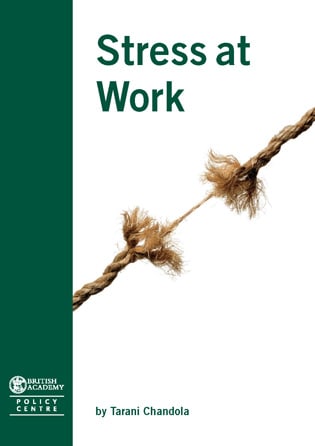One reader has provided an example of recent research that supports the previous SafetyAtWorkBlog article on the importance of quality and safety in job creation.
In the March 2011 online edition of the Occupational & Environmental Medicine journal, Australian researchers have analysed data concerning “the psychosocial quality of work”. According to an accompanying media release (not available online yet) they found that
“The impact on mental health of a badly paid, poorly supported, or short term job can be as harmful as no job at all…” Continue reading “Evidence on the need for safe job design”


